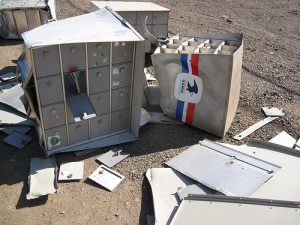On October 11th 2012 Microsoft announced that Microsoft Lync 2013 has reached the Released to Manufacturing (RTM).
Microsoft Exchange 2013 RTM and Lync 2013 RTM will be available for the first quarter of 2013.
Also Office 2013, Exchange 2013 and Sharepoint 2013 have achieved RTM status and will be available in the same time.
- Volume License customers with software assurance can start downloading mid-November 2012.
- TechNet and MSDN subscribers are expected to get access around mid-November 2012 also.
- The 2013 products will be available on the Volume Licensing price list on December 1.
- New capabilities will start showing up in Office 365 Enterprise subscriptions in service updates starting in November and continue through to general availability.
All official announcements of RTM versions can be found here:



 English
English  polski
polski